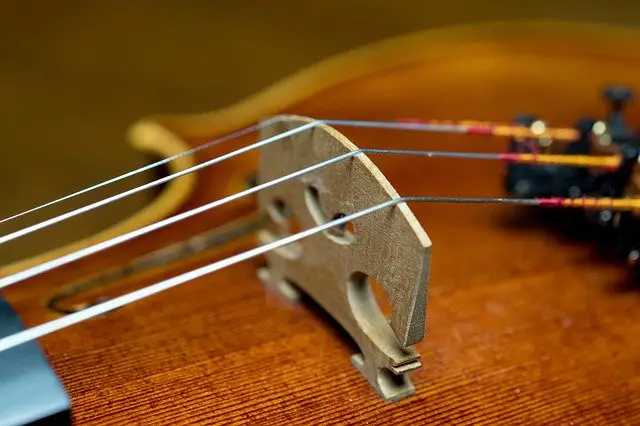

Knowing the specific frequency of a note allows us to correctly tune a note using a range of tools. It’s our job as violinists to recognise when our instrument is out of tune and correct it. Over time and continuous use, strings will move incrementally or stretch, losing that tension and thus, losing tune. Violin strings are held at a particular tension by the tuning pegs to achieve those frequencies. Musical notes are set at specific frequencies. You can get five-string violins but that is out of the scope of this piece as it isn’t something a beginner would play. Violins typically have four strings, G, D, A, and E. G NoteĬlick here if you to learn more about violin notes, or read below for a summary.
G string tuner violin full#
They are a full 3-minute recording of each note at the right frequency. If you want a reference note to be able to hear what your violin should sound like, simply click on the notes below. The following can be used as your free violin tuner: Which Baritone Saxophone to Choose? 9 Best Options.Which Tenor Saxophone to Choose? 9 Best Options.Which Soprano Saxophone to Choose? 9 Best Options.9 Best Yamaha Saxophones for All Players.

G string tuner violin how to#
Violin Tuning – How To Tune A Violin + (Free) Online Tuner.Violin Prices: How Much Does a Violin Cost?.5 Best Yamaha Electric Violin – Which One Should I Get?.World’s Smallest Violin: Origin, Usage and Everything Else.15 Best Electric Violin Options For Any Budget.17 Parts of a Violin and Bow: A Compete Guide.10+10 Best Student Violin for Beginners & Intermediates.


 0 kommentar(er)
0 kommentar(er)
